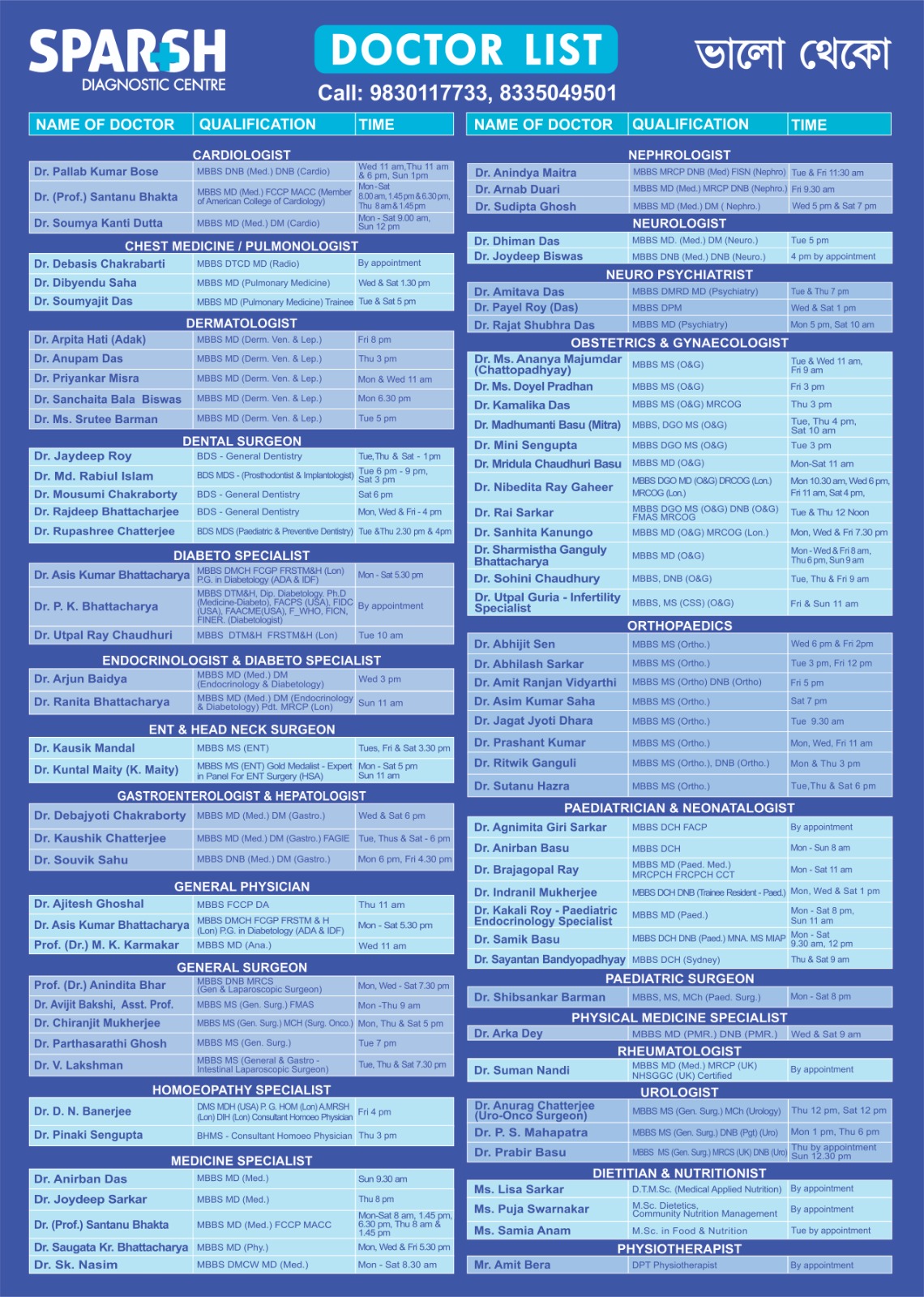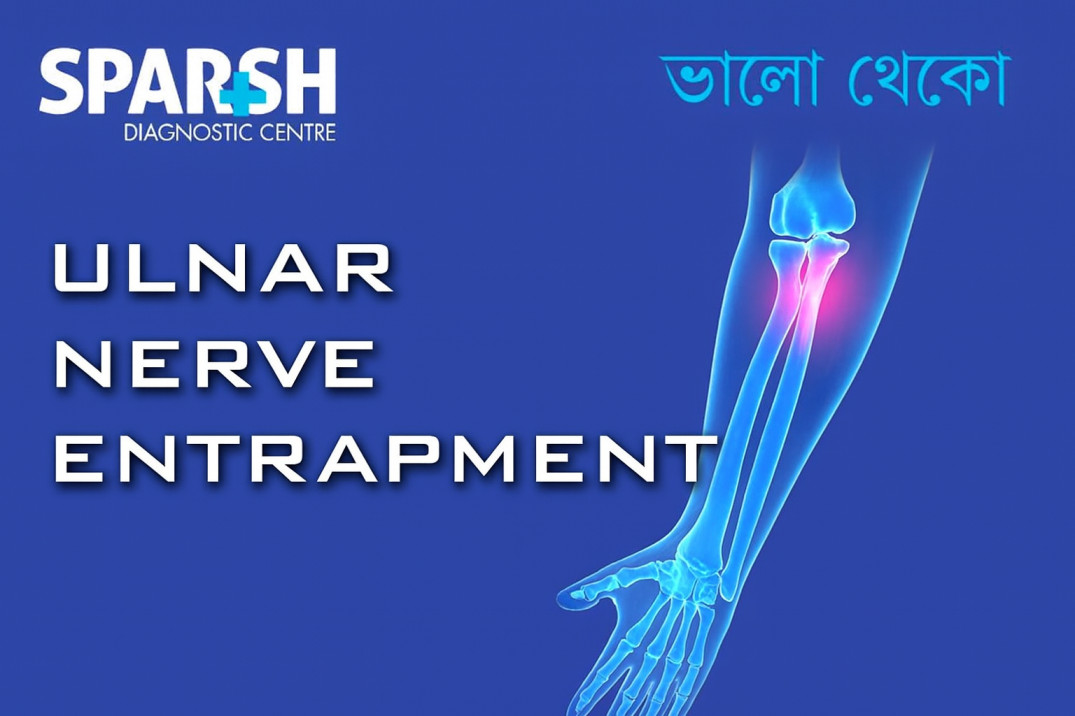Have you ever felt tingling or numbness in your ring and little fingers after leaning on your elbow? This could be more than just a temporary sensation — it might be ulnar nerve entrapment. The ulnar nerve runs from your neck to your hand and controls some of the small muscles of your hand, helping with grip and finger coordination. When it becomes compressed or irritated, it can cause pain, numbness, or weakness in your hand and arm.
This condition, often called cubital tunnel syndrome when occurring at the elbow, is one of the most common nerve compression syndromes after carpal tunnel syndrome. Let’s explore everything you need to know about ulnar nerve entrapment — its causes, symptoms, diagnosis, and treatment options.
What Is Ulnar Nerve Entrapment?
The ulnar nerve is one of the three main nerves in your arm. It travels from the neck (brachial plexus) through the inside of the elbow (the cubital tunnel) down to your hand. When this nerve becomes compressed or irritated at any point along its path — most commonly at the elbow or wrist — it leads to ulnar nerve entrapment.
Depending on the site of compression:
At the elbow: It’s called Cubital Tunnel Syndrome.
At the wrist: It’s known as Guyon’s Canal Syndrome.
Anatomy of the Ulnar Nerve
To understand ulnar nerve entrapment, it helps to know where the nerve travels:
Origin: The nerve starts from the brachial plexus in the neck (C8–T1 spinal roots).
Pathway: It travels down the arm, passing behind the medial epicondyle of the humerus (the “funny bone” area).
Destination: It enters the hand through a narrow passage at the wrist called Guyon’s canal.
Because the nerve passes through tight anatomical tunnels, it’s prone to compression at these points — especially during repetitive elbow bending or prolonged pressure on the elbow.
Causes of Ulnar Nerve Entrapment
Several factors can cause or contribute to ulnar nerve compression, including:
Prolonged Elbow Flexion: Bending your elbow for long periods (such as holding a phone or sleeping with your arm bent) stretches and irritates the nerve.
Direct Pressure: Leaning on your elbows for extended periods can compress the nerve.
Injury or Trauma: Fractures, dislocations, or bone spurs near the elbow or wrist can narrow the nerve passage.
Repetitive Movements: Repetitive elbow or wrist motions (e.g., typing, lifting) can increase nerve friction.
Arthritis or Cysts: These can cause structural changes, narrowing the tunnel through which the nerve passes.
Anatomical Variations: Some people naturally have narrower cubital tunnels, making them more prone to entrapment.
Risk Factors
Certain conditions and activities can increase your risk of developing ulnar nerve entrapment:
Frequent elbow flexion (e.g., athletes, musicians, drivers)
Prior elbow injuries or fractures
Occupations involving repetitive arm motion or vibration
Symptoms of Ulnar Nerve Entrapment
Symptoms can vary depending on the severity and location of compression. Common signs include:
At the Elbow (Cubital Tunnel Syndrome):
Tingling or numbness in the ring and little fingers
Pain inside the elbow, forearm, or hand
Weakness when gripping or pinching
Difficulty with fine motor tasks (buttoning, typing)
Worsening symptoms when the elbow is bent for long periods
At the Wrist (Guyon’s Canal Syndrome):
Numbness and tingling in the ring and little fingers (but not the back of the hand)
Weakness in the small hand muscles
Hand clumsiness or loss of coordination
In severe cases, muscle wasting (atrophy) can occur, especially in the hand’s small muscles — leading to a characteristic “claw hand” deformity.
How Is Ulnar Nerve Entrapment Diagnosed?
Accurate diagnosis is essential to determine the compression site and plan effective treatment. Your doctor may use several diagnostic methods:
1. Medical History and Physical Examination
The doctor will ask about your symptoms, lifestyle, and any past injuries.
They’ll perform a Tinel’s test (tapping over the nerve) or elbow flexion test to reproduce symptoms.
2. Nerve Conduction Studies (NCS)
Measures how quickly electrical signals travel along the ulnar nerve.
Slowed conduction indicates nerve compression.
3. Electromyography (EMG)
Assesses the electrical activity of muscles supplied by the ulnar nerve.
Helps identify the extent of nerve damage.
4. Imaging Tests
Ultrasound can visualize nerve compression or structural abnormalities.
MRI helps rule out tumors, cysts, or bone deformities pressing on the nerve.
At Sparsh Diagnostic Centre, advanced nerve conduction and EMG studies provide accurate, non-invasive evaluation of nerve function — essential for diagnosis and monitoring.
Treatment Options for Ulnar Nerve Entrapment
The treatment approach depends on symptom severity and how long the nerve has been compressed.
1. Conservative (Non-Surgical) Treatments
For mild to moderate cases, lifestyle modifications and therapy often help:
Activity Modification: Avoid prolonged elbow bending or resting elbows on hard surfaces.
Elbow Splint or Brace: Worn at night to keep the elbow straight and reduce pressure.
Physical Therapy: Stretching and strengthening exercises improve nerve mobility and prevent stiffness.
Anti-Inflammatory Medications: NSAIDs can help reduce inflammation and pain.
Ergonomic Adjustments: Adjust workstations and computer setups to minimize strain.
2. Surgical Treatments
If symptoms persist despite conservative management or if nerve damage is severe, surgery may be recommended.
Common procedures include:
Ulnar Nerve Decompression: The surgeon releases pressure by enlarging the cubital tunnel.
Ulnar Nerve Transposition: The nerve is moved to a new position (front of the elbow) to prevent it from stretching.
Medial Epicondylectomy: A small portion of bone is removed to relieve nerve pressure.
Surgery typically relieves symptoms and prevents further nerve damage, though recovery may take several months.
Recovery and Rehabilitation
Post-treatment recovery depends on the treatment type and severity of nerve involvement.
After Conservative Care: Many patients notice improvement within a few weeks.
After Surgery: Recovery may take 3–6 months, with gradual return to normal activities.
Physical Therapy: Plays a vital role in restoring hand strength and mobility.
Following your doctor’s advice and avoiding repetitive strain are crucial for long-term recovery.
Complications of Untreated Ulnar Nerve Entrapment
If left untreated, ulnar nerve entrapment can lead to:
Permanent Nerve Damage
Hand Weakness and Muscle Wasting
Claw Hand Deformity
Loss of Grip Strength
Early diagnosis and treatment significantly improve outcomes and prevent irreversible damage.
Prevention Tips
You can reduce your risk of developing ulnar nerve entrapment with simple lifestyle and ergonomic adjustments:
Avoid resting elbows on hard surfaces for long periods.
Keep your elbows straight while sleeping.
Take frequent breaks during repetitive arm activities.
Maintain good posture when working at a desk.
Strengthen arm and shoulder muscles through regular exercise.
Manage underlying health conditions like diabetes.
When to See a Doctor
Consult a healthcare provider if you experience:
Persistent tingling or numbness in the ring and little fingers
Weakness or clumsiness in hand movements
Pain that worsens with elbow bending
Noticeable muscle wasting in the hand
Early medical intervention can prevent long-term complications and ensure effective recovery.
Diagnosis and Care at Sparsh Diagnostic Centre, Kolkata
At Sparsh Diagnostic Centre, we provide comprehensive diagnostic solutions for nerve entrapment syndromes, including:
Nerve Conduction Studies (NCS)
Electromyography (EMG)
High-Resolution Ultrasound
Our advanced diagnostic technology helps pinpoint the exact site and severity of compression, allowing your doctor to plan the most effective treatment.
Frequently Asked Questions (FAQs)
1. What causes ulnar nerve entrapment?
Ulnar nerve entrapment is usually caused by prolonged elbow flexion, repetitive movements, direct pressure, or anatomical abnormalities that compress the nerve at the elbow or wrist.
2. How do I know if I have ulnar nerve entrapment?
If you experience numbness, tingling, or weakness in your ring and little fingers — especially when your elbow is bent — you might have ulnar nerve entrapment. Consult a neurologist for evaluation.
3. Can ulnar nerve entrapment heal without surgery?
Yes, mild cases can improve with rest, splinting, physical therapy, and lifestyle adjustments. Severe or persistent cases may require surgical intervention.
4. How long does recovery take after surgery?
Recovery varies by individual but generally takes 3 to 6 months. Physical therapy aids in restoring hand strength and flexibility.
5. What happens if ulnar nerve entrapment is left untreated?
Without treatment, prolonged compression can cause permanent nerve damage, muscle weakness, and deformities like claw hand.
6. Is ulnar nerve entrapment the same as carpal tunnel syndrome?
No. Carpal tunnel syndrome affects the median nerve at the wrist, while ulnar nerve entrapment affects the ulnar nerve at the elbow or wrist.
7. What tests confirm ulnar nerve entrapment?
Nerve conduction studies and electromyography (EMG) are the primary tests to confirm the diagnosis and assess nerve function.
8. Can lifestyle changes prevent recurrence?
Yes. Avoiding repetitive elbow movements, improving posture, and using ergonomic aids can reduce recurrence risk.
Ulnar nerve entrapment is a common but treatable condition that can affect your hand strength and coordination if left unchecked. Early recognition and prompt treatment — whether through lifestyle changes, therapy, or surgery — can lead to a full recovery.
If you experience persistent numbness or tingling in your hand, don’t ignore it. Visit Sparsh Diagnostic Centre, Kolkata, for advanced nerve conduction and EMG testing to identify and address the cause early.
#BhaloTheko
Disclaimer:
No content on this site, regardless of date, should ever be used as a substitute for direct medical advice from your doctor or other qualified clinician.

![]()






[…] Ulnar Nerve Entrapment – Nerve compression at the elbow (cubital tunnel syndrome). […]